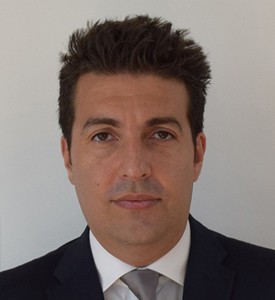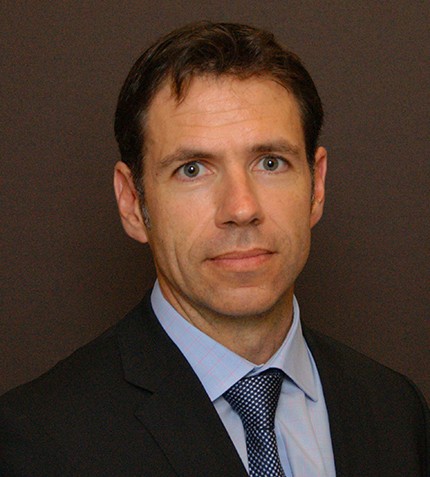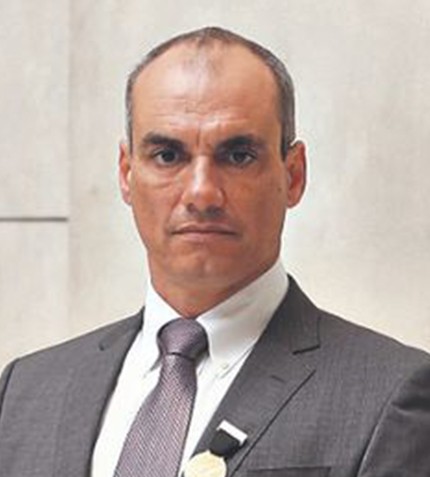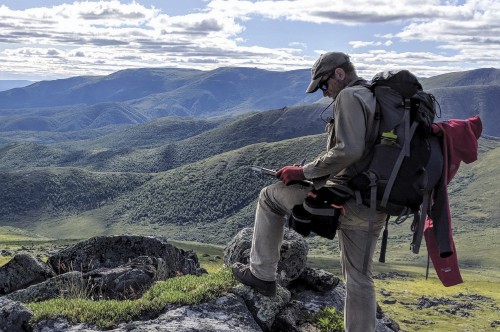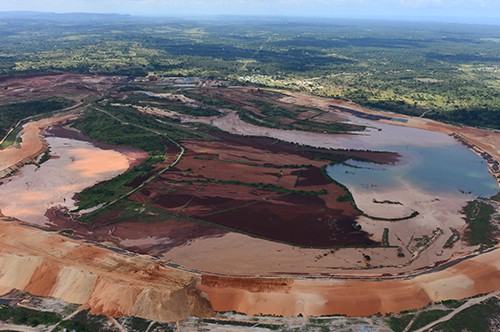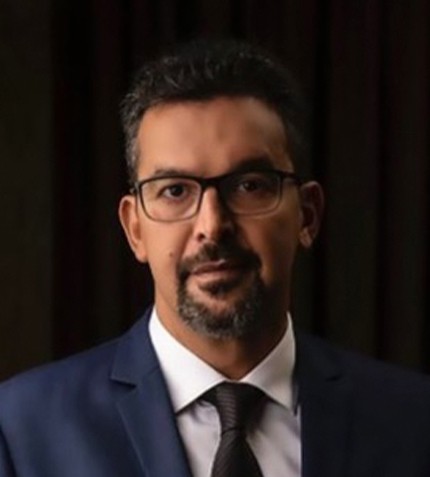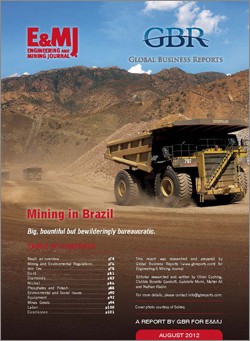
PUBLICATION
Brazil Mining 2012 E&MJ Release
Mining has been at the heart of Brazil’s economy since 1693, and the importance of this industry is hard to overstate. The Brazilian Mining Institute, IBRAM, estimates that in 2011 Brazil exported $43.59 billion worth of mineral products, and imported only $10.02 billion. Without the mining industry, Brazil’s $20 billion trade surplus of 2011 would have been a $13 billion deficit. Iron ore is by far the most important mineral product mined in Brazil and in 2010 it accounted for 81.8% of all mining exports. Beyond iron ore, Brazil is the largest niobium producer in the world and in 2010 the alloying agent represented 4.7% of mineral exports by value. Brazil is the world’s 12th largest producer of gold in the world and this accounted for 4.6% of minerals exports in 2010. Copper, of which the country produced 213,000 metric tons in 2010, was the fourth most significant mineral in the country’s list of exports that year, accounting for 4.1% of the total.
Despite the importance of mining to Brazil, miners and explorers alike feel that they do not receive the support they deserve from the government. Brazil is an extraordinarily bureaucratic country and red tape clogs the exploration, development and operations processes. Reams of legislation and multiple inefficient supervisory bodies combine with extremely high taxes to hold back the development of the industry. The effect of this difficult business environment on the mining industry is obvious. In exploration, Brazil underperforms. Per square kilometer Peru attracts 11 times as much exploration capital as Brazil, and Chile 18 times as much.




